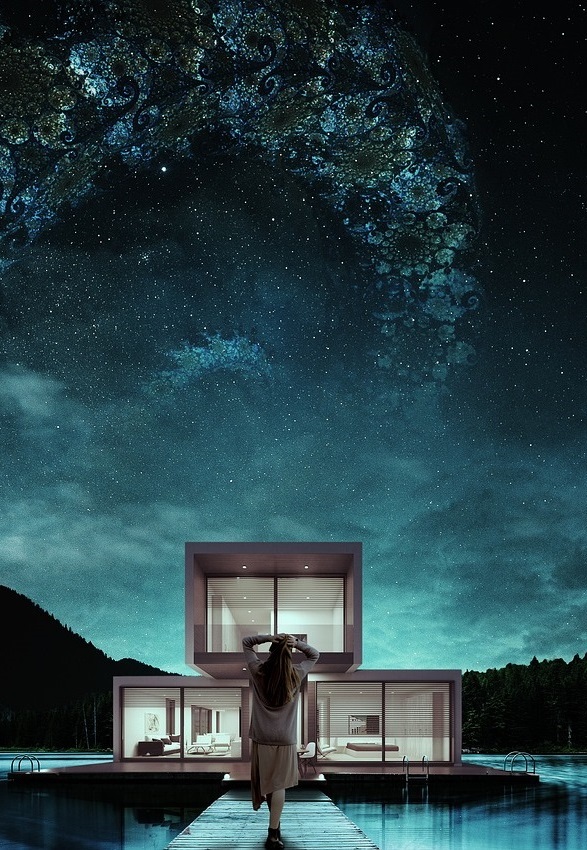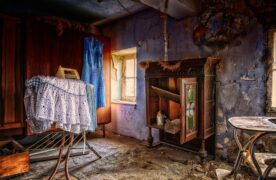Not much has been written about one of Argentina’s most striking examples of 20th century architecture. Its creator was an architect who designed the underground necropolis of the Sixth Pantheon in the Chacarita Cemetery. A book on this work has recently been published in English.
 Zac Liew
Zac Liew
It is entitled “Chacarita moderna: the brutalist necropolis of Buenos Aires” by French writer, Léa Namer, who takes a close look at the brutalist architecture and the story behind an underground necropolis built by one of Argentina’s first women architects, Ítala Fulvia Villa (1913-1991).
The book asks why more has not been written about what is one of Argentina’s most striking examples of 20th-century architecture, and whether the fact of Ítala being a woman has anything to do with that. As Namer says, “What surprised me most about the Sexto Panteón was my belief that I had discovered the most significant piece of modern architecture in Argentina, yet no one seemed to know about it—not even my circle of Argentine architect friends. The few who did recognize it didn’t seem to find it particularly interesting.”
 Namer came across the brutalist architecture site of the Sexto Panteón necropolis during a visit to Buenos Aires in Argentina ten years ago as an exchange student.
Namer came across the brutalist architecture site of the Sexto Panteón necropolis during a visit to Buenos Aires in Argentina ten years ago as an exchange student.
“I still vividly recall the first time I descended the stairs into that underworld. With images of Greek mythology in my mind, I felt like Orpheus entering the depths of Hell,” says Namer.
Sexto Panteón was built in 1949 and has 150,000 burial plots. Crafted out of textured concrete and surrounded by greenery, it is minimalist in its ornamentation with large open floor plans and high, searching grey walls. Ítala Fulvia Villa set out on her project after WWII in a time of prosperity in Argentina and when the number of dead people that needed to be housed shot up. The population of Buenos Aires tripled between 1920 and 1960.
 What came of the architect’s work was a reimagining of the Roman catacombs, a subterranean necropolis organised on two levels with the ground floor open in the form of a garden.
What came of the architect’s work was a reimagining of the Roman catacombs, a subterranean necropolis organised on two levels with the ground floor open in the form of a garden.
In her book, Namer rediscovers the necropolis and offers a thoughtful reflection on modernist architecture, with a feminist re-interpretation of history.
The book also has insights from Ana Maria León, associate professor of architecture at Harvard University, and includes photography by Federico Cairoli. It was supported by a grant from the Graham Foundation for Advanced Study in Fine Art.
For more information click here.
(Photos: AFFL Press)











.jpg)












